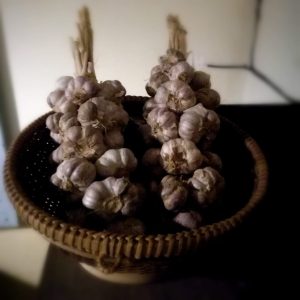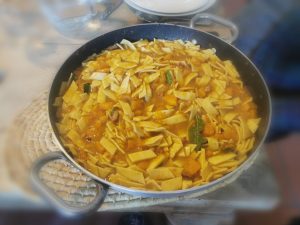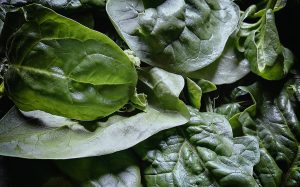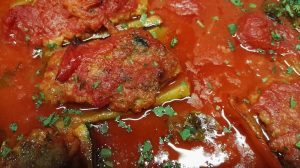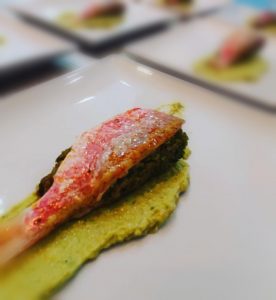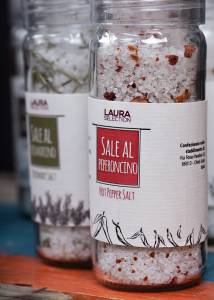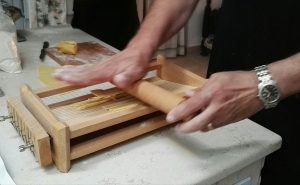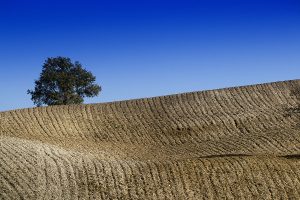The Caper (Capparis Spinosa L.) grows on dry stone walls, well-drained loamy soils and along the coasts of the Mediterranean.
It can be found on the walls of the Arena di Verona and on the south side of the Sforza Castle in Milan.
It can also be found in Termoli on the wall of the Old Village called Borgo Antico or Paese Vecchio.The Caper contains antioxidant and bioflavonoid rutin. The buds are picked before flowering and the quality is determined by the measure: smaller are most valuable (in Italy and France).
The biblical avionah seems to be the caper bush, whose berries were used by the wise old people to “invigorate the appetite” (Eccles, XII), probably not just food!Cited in ancient Greek writings, (including Athenaeus in 200 BC – The feast of the discipline) and by Theophrastus, for its medicinal and spiritual qualities, then Discoride qualifies capers among the important medicinal plants for inflammation and blood circulation.Plinio il Vecchio describes it as an ingredient collected by indigenous (De Rerum Naturae (XII, 127). The young shoots with “flower buds” were collected and preserved in salt.
In the sixteenth century the Venetian Prospero Albini prescribed capers as a treatment for irritated skin, vermicide and as emmenegogo (helps menstruation).In the market it is possible to find capers ( as flower) and/or caper berries. In America and England flowers and berries are often confused and sold at the same price!
Israel is one of the world’s largest producers of capers, usually sold to Italian and French factories in order to be transformed.

